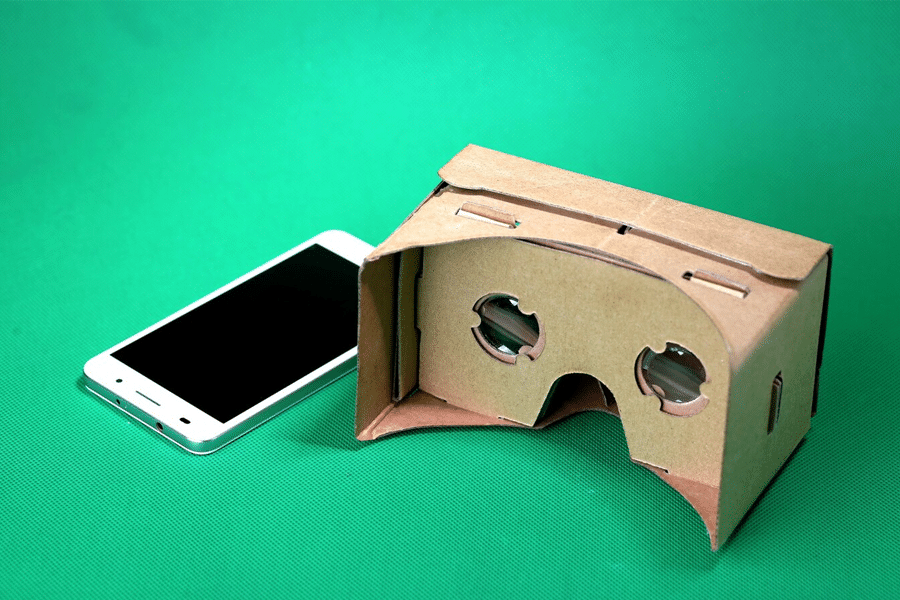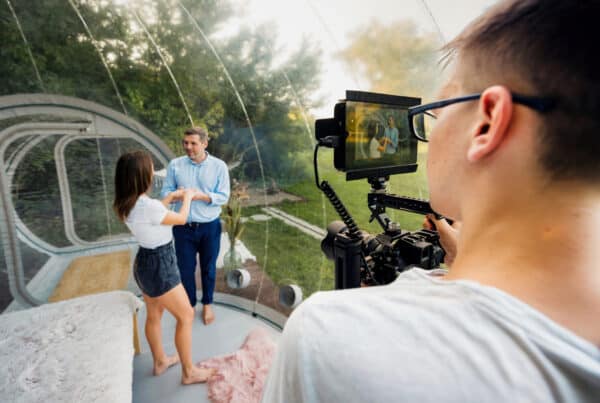
Introduction
Imagine stepping into a world where the boundaries between reality and the virtual blur, all with just a simple piece of cardboard. That’s the magic of Google Cardboard, a low-cost, accessible entry point into the realm of virtual reality (VR). Designed to democratize VR technology, Google Cardboard transforms your smartphone into a VR headset, offering immersive experiences without the hefty price tag of high-end VR systems. Whether you’re exploring distant galaxies, walking through ancient ruins, or diving deep into the ocean, Google Cardboard opens up a universe of possibilities, right from the comfort of your home.
What is Google Cardboard?
Google Cardboard is a VR platform developed by Google to make virtual reality accessible to everyone. Launched in 2014, this ingenious device is literally made from cardboard, along with a few other components like lenses, magnets, and Velcro strips. The design is simple yet effective: a foldable cardboard viewer that holds your smartphone in place, using its screen and sensors to create a VR experience. By downloading compatible apps, users can explore a wide range of immersive content, from games and educational experiences to virtual tours and 360-degree videos.
How Does Google Cardboard Work?
The beauty of Google Cardboard lies in its simplicity. To get started, all you need is a Cardboard viewer and a smartphone. Once you’ve assembled the viewer, you insert your smartphone into the designated slot, securing it with the Velcro strips. The lenses in the viewer then split the smartphone screen into two images, one for each eye, creating a stereoscopic 3D effect. This, combined with the phone’s gyroscope and accelerometer, allows for head tracking, enabling users to look around and interact with the virtual environment.
Immersive Experiences with Google Cardboard
Google Cardboard offers a plethora of immersive experiences that cater to a wide range of interests. Here are some popular categories:
1. Gaming
For gamers, Google Cardboard provides an entry point into VR gaming without the need for expensive equipment. From simple arcade games to more complex adventures, the platform offers a variety of titles that take advantage of the VR format. Games like “VR Roller Coaster” and “Proton Pulse” deliver thrilling experiences, immersing players in dynamic environments and fast-paced action.
2. Education
Educational content is one of the most impactful uses of Google Cardboard. By turning learning into an interactive experience, students can explore historical sites, dive into the human body, or even travel to space. Apps like “Expeditions” allow teachers to guide students through virtual field trips, making education more engaging and memorable.
3. Travel and Exploration
For those bitten by the travel bug, Google Cardboard offers virtual tours of some of the world’s most iconic landmarks. Whether it’s walking through the streets of Paris, exploring the pyramids of Egypt, or hiking through the Amazon rainforest, apps like “Google Earth VR” provide a sense of presence and exploration that traditional media cannot match.
4. 360-Degree Videos
With the rise of 360-degree videos, Google Cardboard users can enjoy immersive storytelling and documentaries. Platforms like YouTube have embraced this format, offering a wide range of content that places viewers at the center of the action. From music concerts to wildlife documentaries, the possibilities are endless.
Advantages of Google Cardboard
Google Cardboard’s primary advantage is its accessibility. By leveraging the power of smartphones, it brings VR to the masses at a fraction of the cost of dedicated VR headsets. Its simplicity makes it easy for anyone to use, and its open-source nature encourages developers to create a diverse array of content. Additionally, its portability allows users to take VR experiences with them wherever they go.
Limitations of Google Cardboard
While Google Cardboard is an excellent introduction to VR, it does have its limitations. The quality of the experience is largely dependent on the smartphone used, with lower-end devices potentially offering less impressive visuals and performance. The lack of built-in controls can also limit interactivity, as users must rely on external controllers or limited head-tracking capabilities. Furthermore, the cardboard construction, while cost-effective, may not be as durable as more robust VR headsets.
The Future of Google Cardboard and VR
As VR technology continues to evolve, Google Cardboard remains a testament to the potential of accessible virtual reality. Its influence can be seen in the development of more advanced VR platforms, as well as in the growing interest in mobile VR solutions. Looking ahead, we can expect to see improvements in smartphone capabilities, leading to even more immersive and interactive experiences. Additionally, the open-source nature of Google Cardboard will likely continue to inspire innovation and creativity within the VR community.
Conclusion
Google Cardboard has played a pivotal role in bringing virtual reality to the masses, offering an affordable and accessible way to experience immersive content. While it may not match the capabilities of high-end VR systems, its simplicity and versatility make it an excellent starting point for anyone curious about the world of virtual reality. As technology advances, Google Cardboard will undoubtedly continue to inspire new ways of exploring and interacting with digital environments, proving that sometimes, the simplest solutions can have the most profound impact.
Step into virtual reality with Google Cardboard! Experience immersive 3D worlds, interactive learning, and thrilling adventures—all from your smartphone. Affordable and accessible, VR has never been easier to explore. Contact us today to learn how Google Cardboard can transform your entertainment, education, and business experiences!




